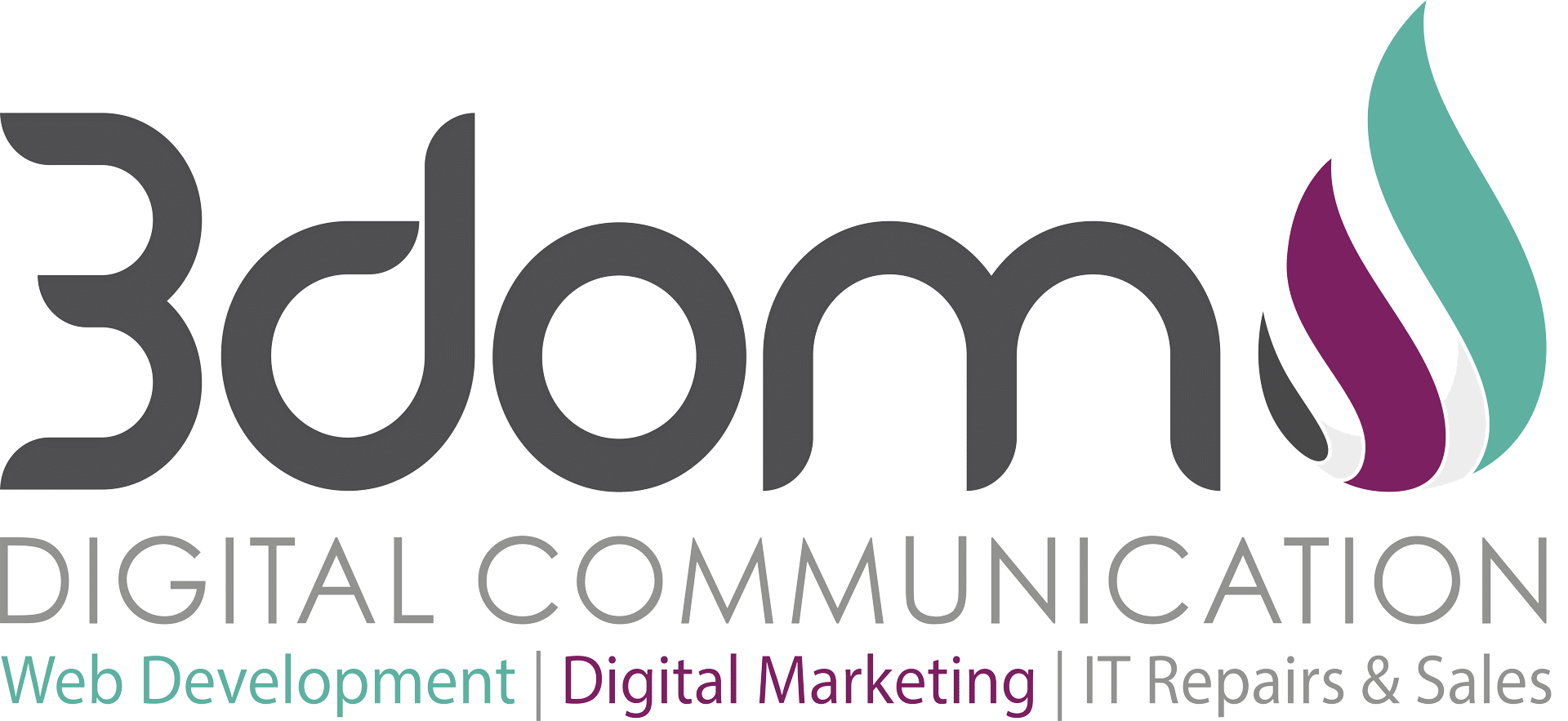Social Media Marketing (SMM) is not the instant solution to get your company to the top. You have to be prepared for a very long commitment or don’t even start at all. There are hundreds of companies jumping in on the social media band wagon that really just don’t get it and they are usually trying to hard. Have a look at this article below that I came across on Mashable on how to choose the right social marketing platform.
While much of the tech and financial world has been focused on Facebook’s post-IPO performance, something else has happened that is starting to define the social marketplace. Savvy firms like Salesforce.com and Oracle have strategically gobbled up some of the top social vendors. These acquisitions signify that social business has become big business. The formulation of meaningful social categories is also taking shape, and marketers — particularly CMOs — should take note as they look to gain real ROI from social.
The best way to determine what social categories and tools you company should utilize is to look at what companies like Salesforce.com and Oracle are investing in. Both companies have identified and invested in three main categories of social technology: social media management, social media monitoring, and social infrastructure. By examining what these categories look like, and what technologies matter, you can determine where to focus your business resources.
Social Media Management Platforms
Social media management platforms have become critical components of every CMO’s off-site strategy. Companies like Buddy Media, Vitrue, Wildfire, and ThisMoment all offer a variety of tools that allow you to manage multiple social channels and create specialized campaigns and pages to reach users on Facebook,Twitter, and LinkedIn. These companies have enjoyed success largely because they enhance existing social networks with brand engagement tools like contests, quizzes, polls, and branded content.
These technologies help you manage your brand’s Facebook and Twitter pages, provide different social applications, and can even help you with advertising within Facebook. The sheer number of these types of companies along with the prominent types of clients using their platforms (Coca Cola, L’Oreal, HP, McDonald’s, etc.) shows the need for off-site social marketing technologies.
Social Media Monitoring Platforms
Just as businesses have taken to technologies that help them speak to their users, they also understand the need to listen. To mitigate the challenges of trying to listen to and understand what social users say about brands, a number of social listening platforms have emerged in the last few years.
In essence, these companies help businesses make sense of online brand-relevant conversations. Players like Radian6 (now a Salesforce.com company) took an early lead in this marketplace by offering a hybrid self-serve/automated SaaS product that scoured public conversations across the social web while offering robust analytics to help marketers measure conversation by sentiment and demographic data. While other companies like Collective Intellect and Sysomos — both of which were acquired — have slightly different takes on social listening. Still, they all offer robust sets of tools that help you understand what customers and users are saying about your business.
Social Infrastructure
While social marketing and social listening platforms give brands the tools to reach users on social networks, users don’t just want to be social on social networks anymore. Now users expect a social experience wherever they go, and businesses are reconfiguring their web properties to meet consumer demand. Look at any major media site — The Huffington Post, ABC.com, CBS.com — or a number of brand and ecommerce sites — Pepsi, Microsoft, Wal-mart and the NFL — and you’ll see social network hooks in almost every piece of content. That’s social infrastructure, and it’s critical to keeping users engaged and to building relationships with them when they visit your web properties.
Social infrastructure companies like BazaarVoice, Mass Relevance, and others offer a number of tools designed to bring social experiences to websites. Products like social login, sharing, comments, and activity feeds are designed to give users a social experience while providing sites permission-based access to users’ social data. In turn, you can use this data to offer those users a more personalized experience and market to them by accessing traits like users’ interests, activities, and relationship statuses. It’s essentially a virtual handshake where users grant you access to certain types of data and, in turn, your business agrees to responsibly use the data to offer better deals, content, and products to the users.
The social web has become a tricky amalgam of different vendors trying to carve out niches to call their own. Understandably, this has resulted in a fair bit of confusion for marketers trying to decide what types of technologies and products they must leverage to reach social users. But, it doesn’t need to be so complicated. If you’re a marketer, the questions you must ask yourself are: how do I reach and understand users when they’re on social networks and how do I relate those users when they’re on my site? The goals you must establish should center on how well this technology facilitates brand engagement, and whether it helps users consume your content or products.

